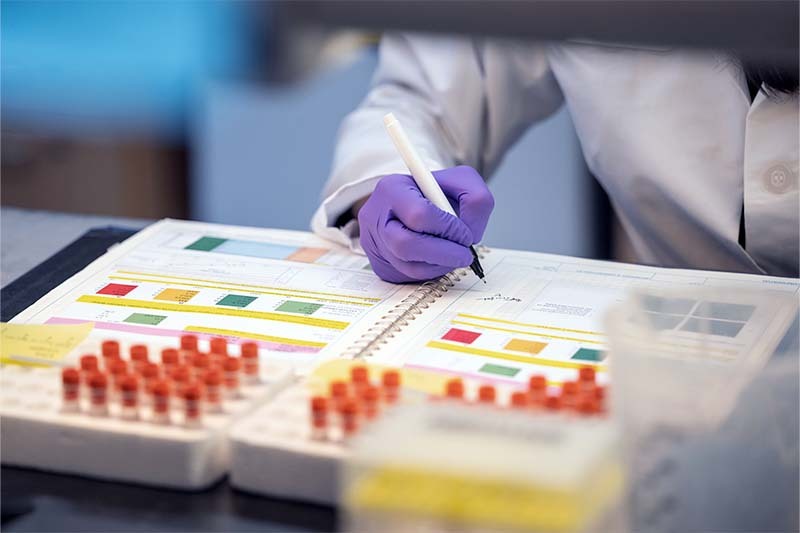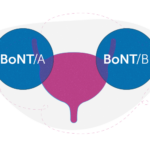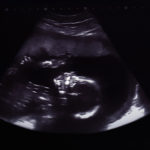Parsing the promise of inosine for neurogenic bladder

Spinal cord damage — whether from traumatic injury or conditions such as spina bifida — can have a profound impact on bladder function. This can result in neurogenic bladder, a problem in which damage to the nerves involved in urination leads to a loss of bladder control. Neurogenic bladder is currently managed with medication, Botox injections, and catheterization. Now, findings of a recent study by Rosalyn Adam, PhD — director of basic science research in Boston Children’s Department of Urology — and her colleagues offer new insight into a potential future treatment approach.
Understanding inosine at the molecular level
Inosine is a purine nucleoside that occurs naturally in the human body and appears to have neuroprotective properties. Previous research from the Adam lab at Boston Children’s suggests it may have beneficial effects on rats with neurogenic bladder. For the current study, the team used RNA sequencing and proteomics analysis to learn more about the molecular changes that occur over time in a rat model of neurogenic bladder, as well as the therapeutic effect of inosine.
They found that oxidative stress, DNA damage, and poly-ADP ribose polymerase 1 (PARP1) activation all appeared to drive pathological changes in the bladder following spinal cord injury. What’s more, when rats were treated with inosine, markers of DNA damage decreased in bladder tissue, suggesting a therapeutic response. In addition to acting as an antioxidant, additional unpublished findings suggest inosine may preserve levels of nicotinamide adenine dinucleotide (NAD+), a molecule involved in cell metabolism and DNA repair.
“This study has provided tremendous insights into the signaling pathways disrupted in the bladder following spinal cord damage including several not previously linked to neurogenic bladder such as the DNA damage response and EIF2 signaling,” says Adam. “With this information in hand, we are now poised to assess new drugs that may preserve the health of bladder tissue following injury.”
Next steps for research
Beyond protection from DNA damage, Adam and her colleagues also identified additional neuroprotective benefits for inosine: The substance appeared to modulate alterations in molecular pathways associated with protein synthesis, neuroplasticity, wound healing, and neurotransmitter degradation after spinal cord injury.
Working with vice chair of clinical affairs Richard Lee, MD, the team has also found that changes in bladder tissue following spinal injury are also reflected in urine, including sensitivity to inosine. Such observations suggest that disease progression and response to treatment could be followed using a noninvasive approach. Through ongoing collaborative studies with Lee, Adam hopes to validate these same markers in children with spina bifida.
“The ultimate promise of this work is to use a panel of urinary markers to predict potentially damaging changes in the bladders of patients with spinal damage, and to prevent those changes with novel drugs predicted by our study,” says Adam.
Learn more about the Department of Urology.
Related Posts :
-

Drawing on data to revolutionize pediatric urology
At first blush, data analytics — sifting through raw data to discover patterns and draw conclusions from them — seems far afield ...
-

Building a bladder-specific Botox
Botulinum toxins are bacterial neurotoxins that also have a range of therapeutic uses. In urology, injections of these potent substances ...
-

Innovative new shunt delivery system holds promise for treatment of fetal urinary tract obstruction
Urinary tract obstruction that occurs in utero can have serious consequences for the fetus. Such obstructions can block the flow ...
-

Machine learning algorithm could offer urologists a “crystal ball” for predicting VUR
Hydronephrosis is a common congenital anomaly that’s increasingly identified during prenatal ultrasound. Although ultrasound is also the first-line test ...





